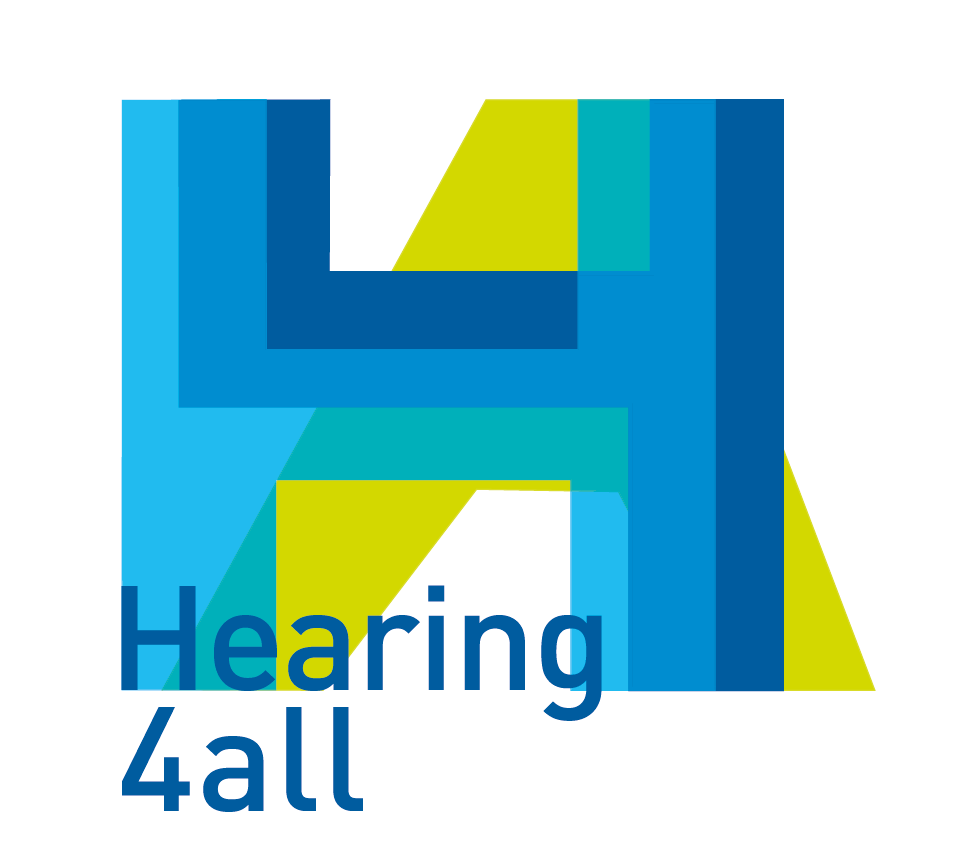The spread of excitation in cochlear implants is not the only limiter of the number of effective electrodes. Implications for the channel-interleaving sound coding strategy.
The spread of excitation (SOE) from cochlear implant (CI) electrodes along the spiral ganglion is commonly believed to cause the plateauing of CI users’ speech-in-noise intelligibility as a function of the number of activated electrodes, from a knee point at around 8 effective electrodes ‡. Were this hypothesis correct, increasing SOE should move the knee-point to a lower number of effective electrodes. Simulations making use of the same number of analysis filters and reconstruction carriers (conventional vocoding) and incorporating SOE ¥, failed to exhibit the expected knee-point shift. Our new SPIRAL vocoder uses a large, fixed number of carrier tones to better represent a continuous spiral ganglion. When varying only the number of analysis filters (i.e. activated electrodes), SPIRAL revealed the expected knee-point shift with either sentences or digit triplets. Speech reception thresholds (SRTs) rose significantly as SOE increased. However, without SOE, a knee-point remained, suggesting that SOE is not the only limiter of the number of effective electrodes.
Interleaving odd and even channels between two CIs originally yielded mixed outcomes ₸. After careful pitch matching, interleaving was later showed to improve bilateral CI users’ spectral resolution †. However, our simulations of interleaving led to a much-lower-than-expected SRT improvement (≤ 1.5 dB) at current decay rates below 32 dB/octave (where SOE significantly elevated thresholds).
Our findings suggest that (1) the plateauing of speech intelligibility seen beyond 8 activated electrodes may be more fundamentally due to the redundancy in speech information provided by neighbouring channels, rather than just due to current spread; (2) current spread worsens the effect by spectrally smearing the spectro-temporal modulations that carry speech information, leading to inter-channel modulation masking and significant threshold elevation; (3) although channel interleaving can improve spectral resolution, the improvement does not transfer to speech intelligibility as well as was previously expected, possibly because (4) modulation masking due to current spread is more effective between channels that are not immediate neighbours and/or (5) significant modulation masking still occurs centrally (or contra-laterally) and to a level that defeats the object of traditional channel interleaving. Clearly, a more in-depth understanding of the mechanisms underlying inter-channel and contralateral modulation masking, is required to devise more effective sound-coding strategies.
† Aronoff et al. (2015) Ear Hear, 37(2), p.e85-e90.
‡ Friesen et al. (2001) JASA, 110(2), p.1150.
¥ Oxenham & Kreft (2014) Trends Hear., 18, p.1–14.
₸ Tyler et al. (2010) J. Am. Acad. Audiol., 21(1), p.52–65.
Warning: Use of undefined constant s - assumed 's' (this will throw an Error in a future version of PHP) in /home/spinnluxnr/www/2017/pages/programme.php on line 208


